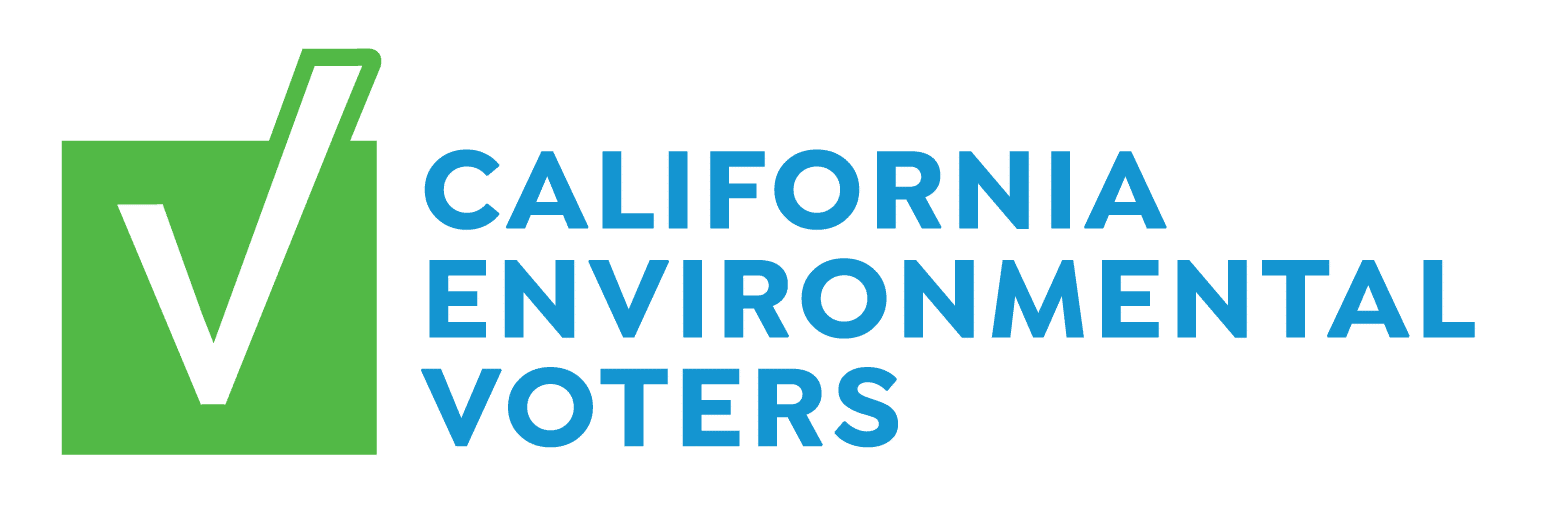
Do you want the good news first, or the bad news?
I’m a “good news first” kind of person, so here it is: The Food and Drug Administration announced yesterday that it is now illegal for baby bottles and sippy cups to contain the toxic chemical bisphenol-A (BPA). The announcement comes less than a year after California passed the Toxin-Free Infant and Toddlers Act, a ban on BPA in these products made or sold in California authored by Assemblymember Betsy Butler.
BPA was originally created as a synthetic sex hormone and is widely used in certain plastics and epoxy resins. Scientific studies link BPA exposure to increased risk of cancer, diabetes, obesity, ADHD, and reproductive, neurological, and developmental disorders in hundreds of peer-reviewed studies.
BPA had already been banned from baby bottles and sippy cups in Canada, the European Union, China and 11 U.S. states, but the chemical is found in a variety of everyday consumer products (including other products for babies) such as plastic food and drink storage containers and the epoxy coating that lines infant formula cans and most other aluminum food cans sold in the United States.
And now for the bad news: The FDA went out of its way to explain that its decision was not based on the mounting scientific evidence of BPA’s risk to our most vulnerable citizens — babies and toddlers — but was actually in response to a request by the chemical industry to ban the product.
According to the New York Times:
(T)he F.D.A. said that its decision was a response to a request by the American Chemistry Council, the chemical industry’s main trade association, that rules allowing BPA in those products be phased out, in part to boost consumer confidence…
Michael Taylor, deputy commissioner for foods at the agency, said the decision simply codified what the industry was already doing based on the preference of consumers and did not reflect concerns about the safety of BPA in baby bottles or toddler’s cups.
The decision “solidifies legally that the use will not happen again in the future” in baby bottles and cups for toddlers, he said. He added that the agency “has been looking hard at BPA for a long time, and based on all the evidence, we continue to support its safe use.”
I’ll pause to allow your forehead to hit your desk.
Dr. Sarah Janssen, senior scientist at the Natural Resources Defense Council (NRDC), called the FDA out for its “half-hearted action” and said it was “only a baby step” in the fight to reduce risks from BPA. Earlier this year, the FDA rejected a petition by NRDC which argued that the chemical was not safe in the food supply. “FDA continues to dodge the bigger questions of BPA’s safety,” said Janssen. “To truly protect the public, FDA needs to ban BPA from all food packaging.”
Although the FDA continues to fail to protect the American people by inviting the chemical industry to write the laws that impact our health, the fact is that this victory for public health — and it is a victory — would not have happened without the work of public health and environmental advocates and organizations like NRDC, Environmental Working Group, Consumers Union and others, along with courageous lawmakers like Betsy Butler and California ban co-author Senator Fran Pavley, all of whom fought for a ban on BPA in baby feeding products and other consumer products on a state and national level.
Make no mistake: the national shift away from this toxic chemical in baby products is not because the chemical industry woke up one day and decided to do the right thing by requesting that the FDA make it illegal. It’s because of major concerns about BPA’s risk to human health and new laws in states like California, which represents a huge share of all consumer products and therefore pushes both industry and policy action nationally.
It’s no coincidence that immediately after Governor Jerry Brown signed the California bill into law, the chemical industry asked the FDA to phase out rules allowing BPA in such products nationwide.
The American Chemistry Council stated that manufacturers of bottles and sippy cups had already stopped using the chemical due to consumer preferences (and conveniently ignored the fact that the consumer preference they referred to was based on parents’ increased awareness of the dangers of BPA to their children, thanks to the tireless work of advocates.)
The timing of the Council’s request raises the question: if baby bottle manufacturers had already abandoned the chemical, why did the chemical industry fight the proposed BPA ban in California with millions of dollars and a sustained lobbying effort for so many years, misleading lawmakers and making the question of whether the bill would pass a nail-biter at every step? Hmmm…
Maybe, just maybe, the chemical industry realized how much influence the Golden State has on national decisions about environmental health.
So there you have it: the good news and the bad news about bisphenol-A. Like so many fights to protect the environment and public health, CLCV and our many allies are in this one for the long haul. It took years to win the battle on BPA in baby bottles, and it will take even more time to completely eliminate this chemical from our food system. An important next step would be for the FDA to ban BPA in infant formula containers.
The last piece of good news is that we have grassroots activists, committed environmental and health groups, a mountain of scientific evidence, and elected officials like California lawmakers Butler and Pavley on our side. And together, this is a fight we’re going to win.


